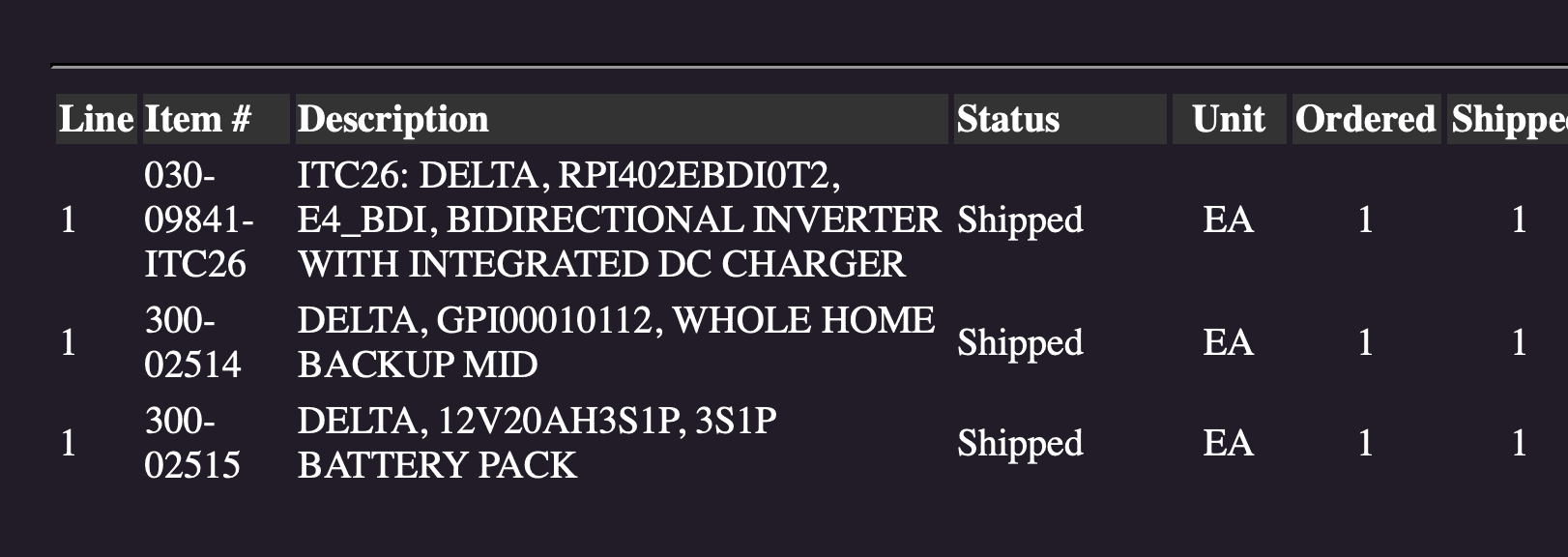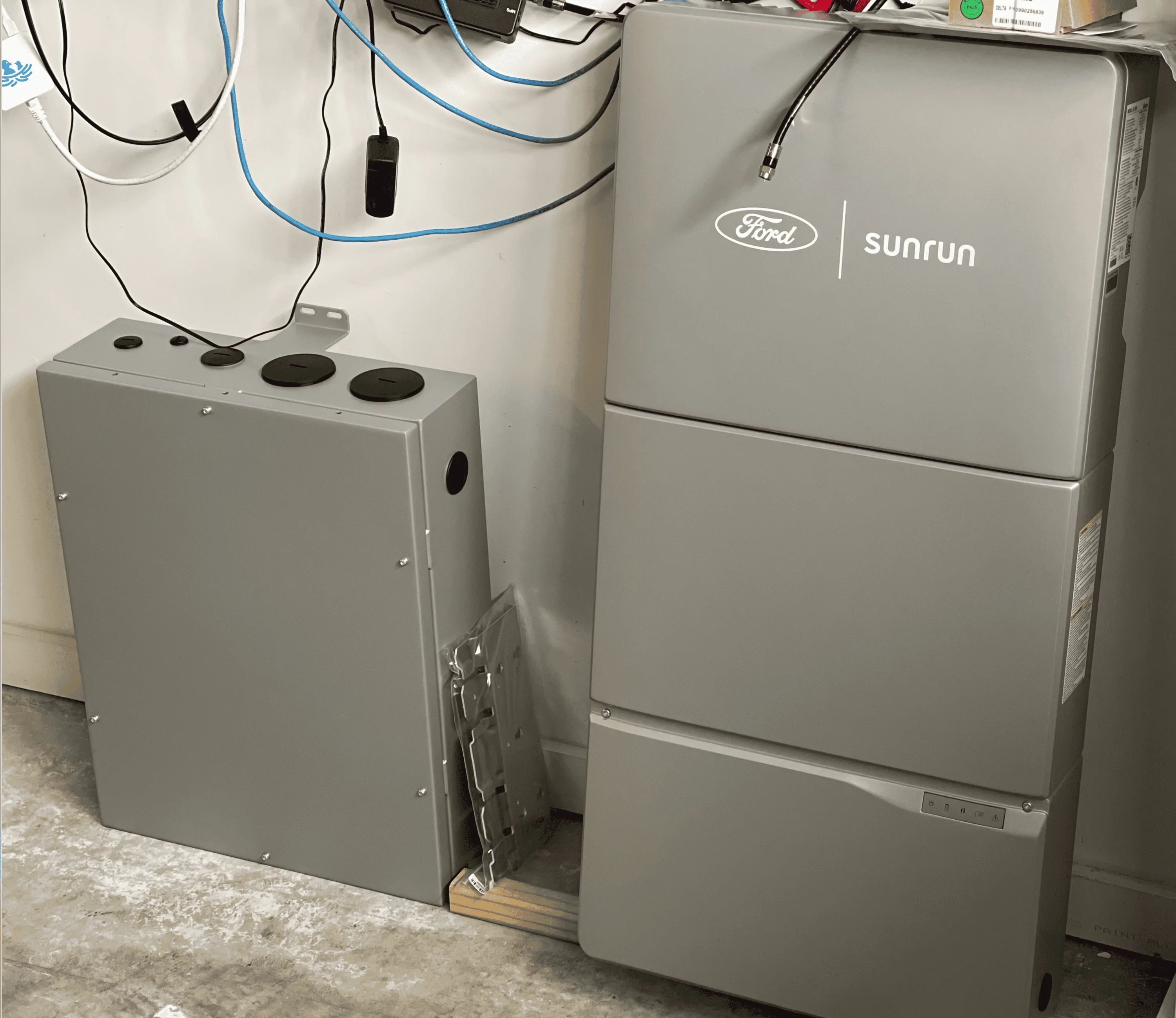PiMatrix
Well-known member
- Thread starter
- #16
So I'm an electrical engineer not an electrician but here is my understanding on #1. The bed of the Lightning was designed as a mobile power platform which is why ground and neutral are connected (bonded neutral). Many mobile work generators are wired the same way. This causes many GFCI problems and violates code if you plug the L1, L2, GND and Neutral directly into your home manual interlocked switch panel or a transfer switch as most all panels have neutral to ground bonded which then goes to two copper earth rod near your house. Neutral should be bonded to ground in one place or one can get ground loops just due to stray magnetic fields from wires carrying current running near each other. This causes ground fault havoc with GFCI protection circuits.First, this is a great idea to consolidate this discussion into a single thread that could provide sticky reference document a solutions vetted by members of this forum much smarter than me. Thank you for starting this thread!
Two thoughts at this moment.
1. I have read concerns in various threads about the fact the 240V outlet from the Lightning provides power using a bonded neutral, and that may cause issues if it feeds to a Critical Load Panel provided with a manual interlock breaker arrangement. The concern raised is tripping of any GFI circuits…..I have no idea!
So on many generators like my diesel Honda bonded neutral you can disconnect the neutral wire that is bonded to the chassis and as long as you have permanently connected the power to house, you are fine as the neutral is bonded to ground at the panel and GFCI will work fine. The other options is only buy a generator with a non bonded neutral. However the manufacturers sometimes give instructions on how to convert one to the other by taking the neutral off the chassis ground.
So back to the Lightning, I'm not certain where Ford makes the ground to neutral connection. Maybe a disable switch could be installed for those times you are using to only backpower the house via the truck bed. However this is outside my pay grade but I bet it could be done. Of course it would be important to switch it back to neutral bonded whenever not connected to house to provide proper connection to the GFCI outlets and say power tools. However I would not recommend this approach without Fords blessing
I should mention that many people move the ground wire to the neutral at the male plug end extension cord to eliminate the ground faults since there is now only one path back to GFCI on the truck. Basically the ground in the house is not connected to the truck ground but instead by the Neutral. So clearly the truck will not throw a fault. Question is will house item GFCI's still function? This does break NEC code but it is still done by many people in an emergency. It is considered unsafe by some and very safe by others equally licensed.
So the better ways to accomplish this... CLearly the HIS solves this issue because you send DC from the batteries and then it inverts to AC at the HIS and the HIS probably relies on the panel neutral bonded setup. Without the HIS and just a transfer switch between the Lightning bed and your panel here is the way to avoid the truck GFCI... A neutral switching transfer switch that switches between L1, L2, AND N of the main panel OR the Lightning 240V bed outlet to the emergency 7.2KW (30A x 2) load subpanel. So the load Neutral will get it's ground from the main panel when you are on grid power, and from the truck when you are on truck backup power. Generally sub-panels are not neutral bonded in panel, this is all done back at the main panel.
Anyway, a long winded simplified explanation to bonded neutrals I hope!
Sponsored
Last edited:




